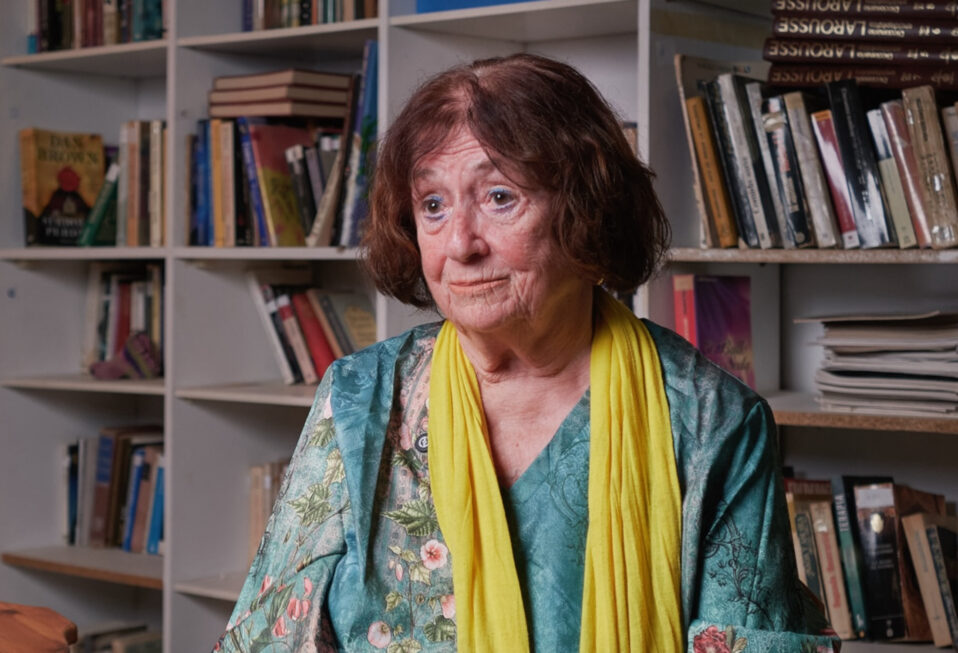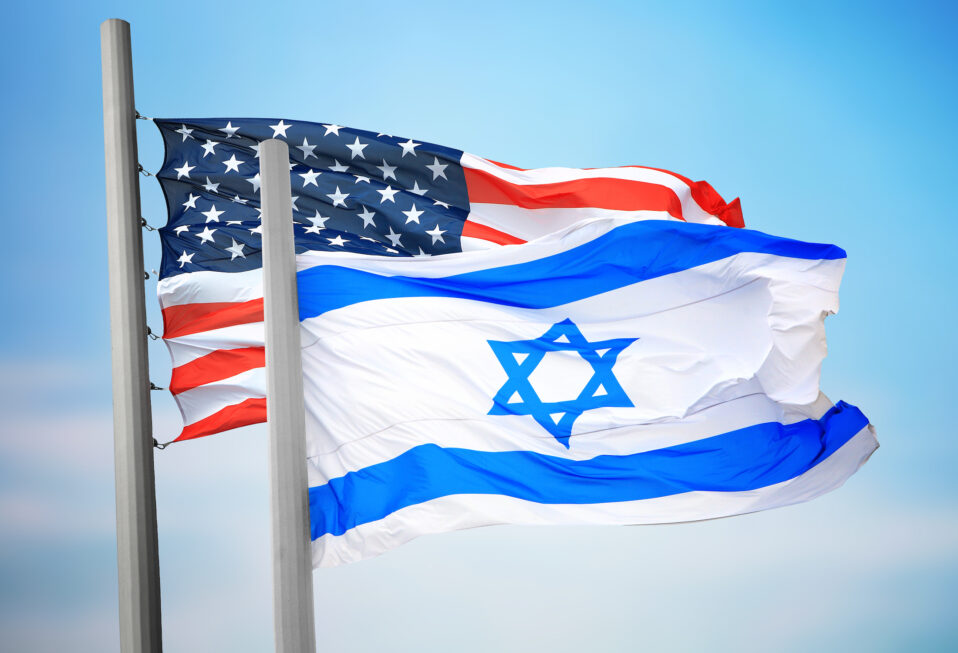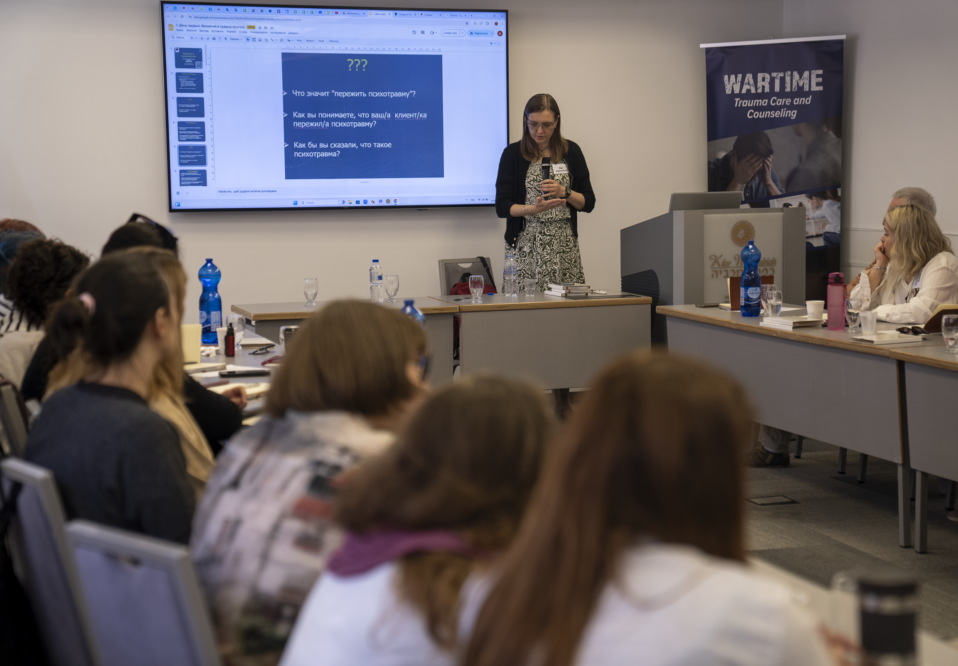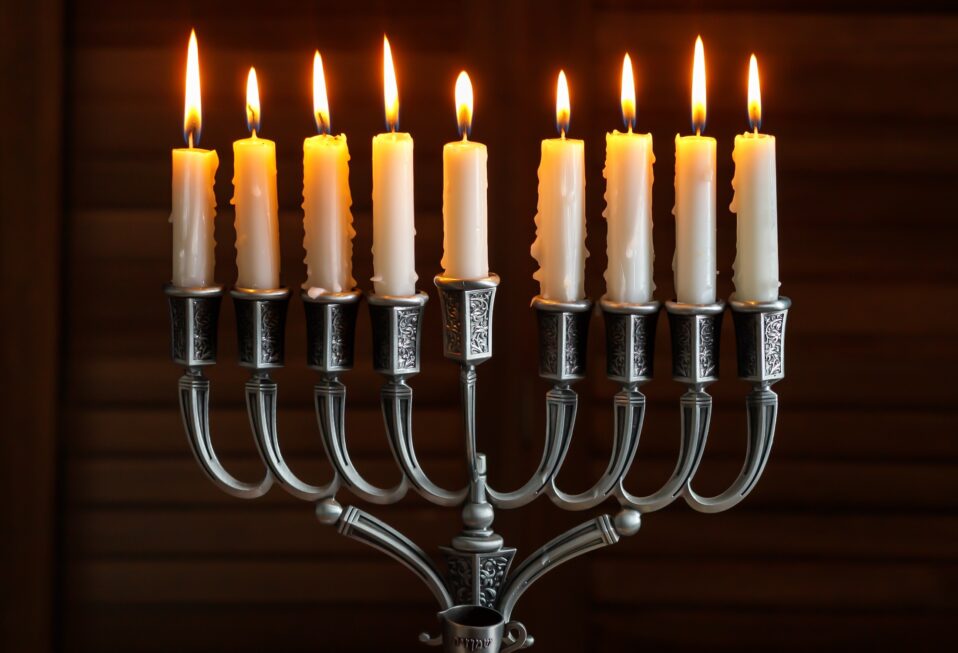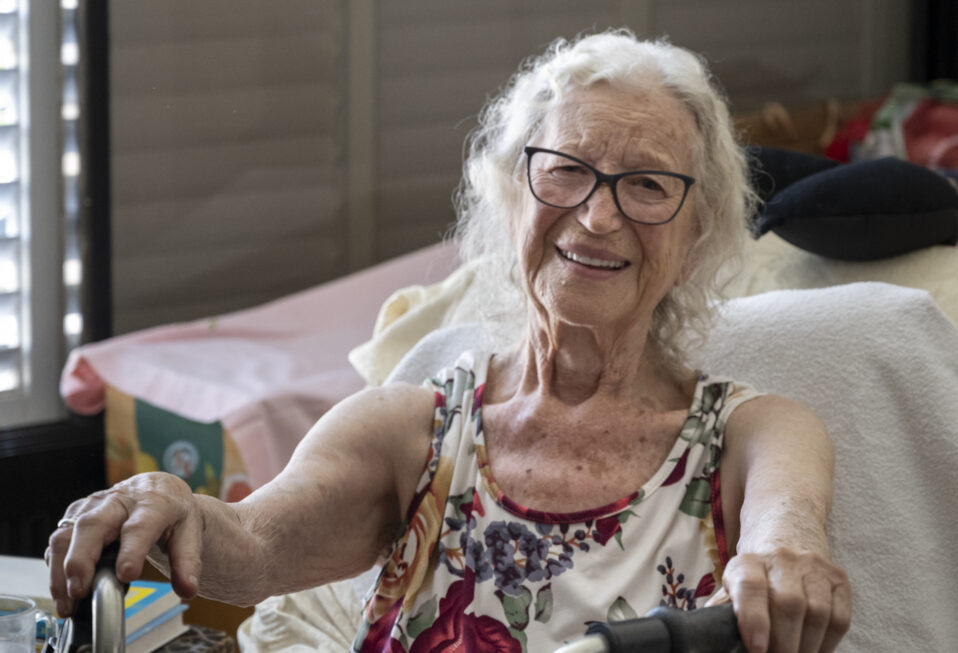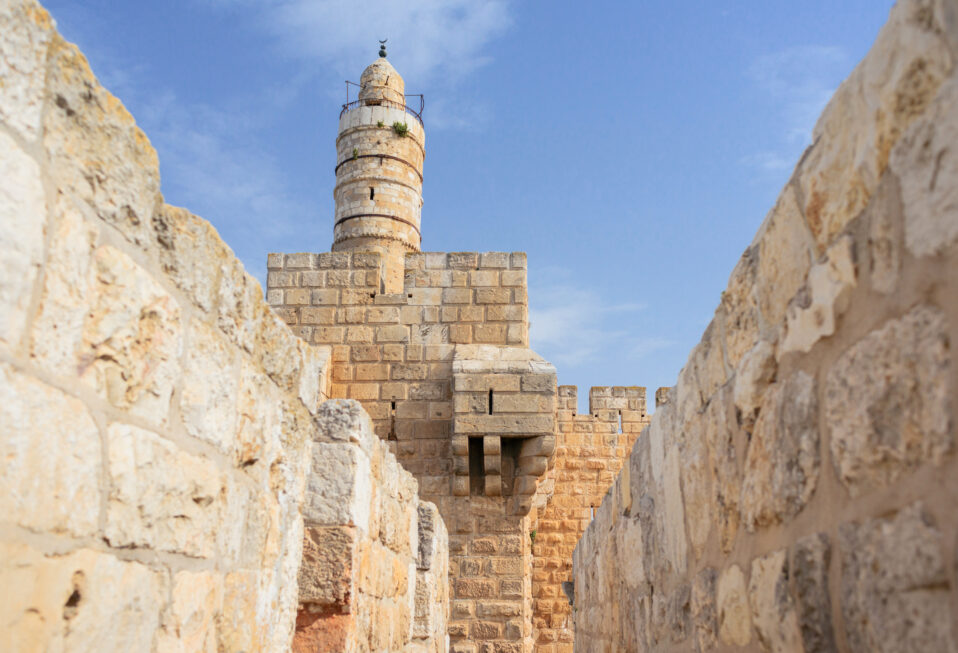By Arlene Bridges Samuels
When the American Israel Public Affairs Committee (AIPAC) hired me as its first Southeast Regional Christian Outreach Director in 2007, an exceptional privilege awaited me. AIPAC’s foresight as a historically Jewish institution to welcome Christians, Blacks, Hispanics, and Asians into pro-Israel advocacy was not only an act of unity but has turned out to be a necessity now more than ever since the October 7 massacres and kidnappings. Glancing into the rearview mirror after retiring nine years later in 2016, I remain indebted to AIPAC for being a pro-Israel advocate before and after my position as its first outreach director.
AIPAC’s leadership and training have embodied a rare coalition of diverse people with only one shared goal: strengthening the U.S./Israel relationship in Congress among both Democrats and Republicans. AIPAC is (and since 1954 has been) an American organization laser-focused on one purpose: to work with the administration and members of Congress to benefit both Israel and the United States of America.
Education, facts, and relationships have powered AIPAC’s influence taking hold more prominently from the 1990s onward. AIPAC was often described by many as a political action committee focusing on the last three letters of its acronym. It is still Public Affairs Committee.
However, in a timely decision in 2022 amid the doses of poison polluting American politics, AIPAC expanded by adding two political action committees: the AIPAC PAC and a super PAC called United Democracy Project. In this election cycle, both Republican and Democratic donors are contributing to AIPAC’s PACs for current Democratic and Republican members of Congress and candidates running for office.
About each of these candidates, AIPAC donors are interested in one simple fact: Is the legislator or candidate a demonstrated supporter of the U.S./Israel relationship? Recently two House members, outspoken against Israel’s right to defend its existential attacks supported by the Islamic Regime, have lost their primaries: Cori Bush (D-MO) and Jamaal Bowman (D-NY). A great outcome for AIPAC and pro-Israel advocates.
In my staff position with AIPAC, I informed and engaged pastors, churches, and Christian leaders in businesses, ministries, and national organizations throughout the Southeast and beyond. For nine years I communicated one foundational message to Christians: We must follow in the footsteps of famous biblical trailblazers whose stories we love. Moses was an ancient lobbyist when he approached Pharaoh to “let my people go.” Esther prayerfully took a political stance while hosting a dinner to honor King Ahasuerus. There she revealed Haman’s genocidal plot to murder her people, the Jews.
Because Moses and Queen Esther acted on God’s directions and strategies to lobby two powerful leaders, the Jewish people miraculously survive to this very day. This is politics at its finest, appealing to a leader with a life-altering request on behalf of Jews. After October 7, Christians living today find ourselves at a turning point in world history with Israel and the Jewish community as the centerpiece globally.
Given that politics and the U.S. Congress are so unpopular today, is there any sense in following ancient Moses and Esther in their dangerous times into controversy and chaos today? The horrors of October 7 provide our answer.
Whether or not you are an advocate for Israel though AIPAC or another effective organization, it is essential to understand the benefits for the United States in supporting our greatest ally, Israel. The small nation of Israel is an island of democracy and freedom in a sea of dictatorial regimes. To estimate the benefits Israel offers the U.S. is impossible. However, it is decidedly an enormous return on investment.
One of the key benefits to Americans is Israeli intelligence, which helps us with our own security and counterterrorism strategies. As drug and human trafficking cartels, violent gangs, and known terrorists flood our open southern border, Israel’s intelligence capabilities are a vital benefit.
The strong friendship between the Israel Defense Forces (IDF) and the U.S. military produces shared technologies and techniques that benefit both nations. By pioneering innovative technologies that include cyber defense, sensors, electronic warfare systems, and battlefield medical support, Israel helps save American soldiers. Both militaries share know-how to improve equipment and tactics.
The U.S. also benefits economically, since more than 75 percent of security assistance to Israel is spent in the United States at weapons factories— which helps create thousands of excellent American jobs. Israel is a crucial location for the War Reserves Stock Allies-Israel program. The United States owns and manages weapons worth $3.4 billion—stored in Israel for U.S. military use. With the Middle East teetering on a more expansive level of war—and American military assets in the region—a stockpile is invaluable.
As our only democratic ally in the Middle East, Israel defends itself by itself and does not ask for American boots on the ground. This diminutive nation is forced to spend more on defense as a percentage of its GDP than any other nation in the industrialized world. Nonetheless they are indeed grateful for the U.S. Congress, Christian supporters, and our military presence in the air and on their ships.
One of AIPAC’s staff and volunteer activists’ most important roles annually is to interact with Congress to make sure Israel receives its annual security aid. As Israel now fights a multi-front war, security aid primarily funds Israel’s purchase of weapons needed to defend itself. For those of us who consistently pray for Israel, we can thank God that our Congress performs the vital function of keeping the Jewish people safer in their homeland.
Politics on behalf of the U.S.-Israel relationship can then become a holy act in a secular context.
For pro-Israel Christians who either disdain politics and the U.S. Congress—or who are discouraged with perceived congressional inaction—read this next paragraph closely. Jewish, Christian, Black, Hispanic, and Asian members of AIPAC are following Moses and Esther as role models. In 2024, AIPAC worked in Washington to pass the largest security funding in Israel’s history: $4 billion for the Iron Dome and David’s Sling, $4.4 billion to replenish U.S. stockpiles, $3.5 billion to acquire more weapons for its multi-front war, and $1.2 billion for Iron Beam, Israel’s emerging laser system that will intercept rockets and drones at a fraction of the cost. Click here for more details.
AIPAC and its activists have educated Congress with many facts that have produced excellent legislation. Highlights include bans on funding UNRWA and the anti-Israel UN Commission of Inquiry; the No Technology for Terror Act restricting American technology to Iran; sanctions on groups like Hamas that use humans as shields; and the Mahsa Amini Human Rights and Security Accountability Act, which holds the Islamic Regime accountable for the brutal repression of its citizens. These are but a sampling of what Congress is enacting legislatively despite the far-left members of Congress led by the terror-supporting Squad.
AIPAC has grown into an organization of more than 4 million pro-Israel Americans living in 435 congressional districts who are working to strengthen bipartisan support for the U.S.-Israel relationship.
While America is more secure when Israel is strong, history repeatedly proves that the God of Abraham, Isacc, and Jacob has preserved His chosen people for thousands of years. While God’s promises remain nevertheless, believers must position ourselves in prayer and action for our spiritual homeland, where our Jewish Jesus walked on earth and fulfilled Scriptures in the Old and New Testaments.
Our CBN Israel team welcomes you to pray with us this week from Psalm 122:6—Jerusalem, we pray that you will have peace, and that all will go well for those who love you.
Prayer Points:
- Pray for the majority of the U.S. Congress to remain committed to Israel.
- Pray that any anti-Semitism in Congress will no longer be a reality.
- Pray for AIPAC, its staff, and activists, for enduring strength.
- Pray for more Christians to follow Moses and Esther in politics.
Arlene Bridges Samuels pioneered Christian outreach for the American Israel Public Affairs Committee (AIPAC). After she served nine years on AIPAC’s staff, International Christian Embassy Jerusalem USA engaged her as Outreach Director part-time for their project, American Christian Leaders for Israel. Arlene is an author at The Blogs-Times of Israel and has traveled to Israel since 1990. She co-edited The Auschwitz Album Revisited and is on the board of Violins of Hope South Carolina. By invitation, Arlene attends Israel’s Government Press Office Christian Media Summits. She also hosts her devotionals, The Eclectic Evangelical, on her website at ArleneBridgesSamuels.com.







